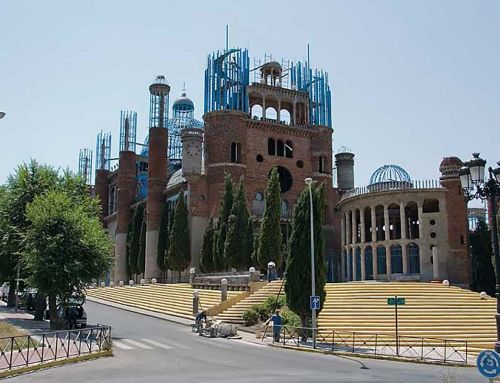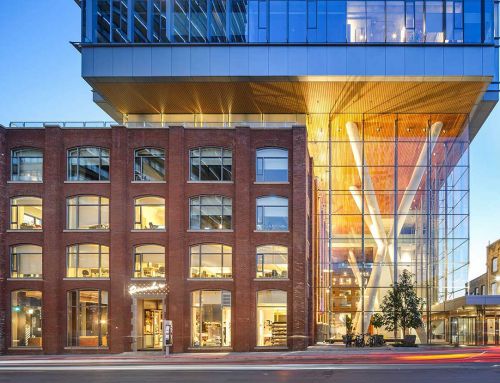The waters of the Persian Gulf entered the heart of the city of Dubai from its northern shore, through the twists and turns of the Khawr Dubayy (also known as Dubai Creek) and southwards to the Ras Al Khor Wildlife Sanctuary. Between January 2005 and the end of 2007, this saltwater inlet was extended westwards some 9 km from Ras Al Khor, through what is known as Business Bay, to Sheikh Zayed Road. However, on 2nd October 2013, His Highness Sheikh Mohammed bin Rashid Al Maktoum, Vice President and Prime Minister of the UAE and Ruler of Dubai, announced a major engineering project to extend the canal another 3.2 km and bring the waters of Business Bay back out to the Persian Gulf from the south. This would complete a waterway that would cross the city from one side to the other, now called the Dubai Canal, and which would be inaugurated three years later, on 9th November 2016.

The €261 million project was carried out through a joint venture between the Roads and Transport Authority (RTA) with real estate, leisure and tourism conglomerate Meydan and private developer Meraas. However, the mammoth engineering project, as reported by the Khaleej Times on the day of its inauguration, was resolved with four main contractors, 60 sub-contractors, 4,600 employees working 20 million hours, and five major contracts, namely:
-The contract for the 6m deep canal drilling works, which included the design and construction of three pedestrian bridges 8.5m above water level, so as to allow the passage of boats, plus 5 “marine stations“, as well as “landfilling works of an artificial peninsula along the stretch of Jumeirah Park, which doubles the park beach and areas, and offers the potentials of adding additional recreational facilities“.
-The contract for the construction of a large eight-lane road bridge (at a cost of €53.7 million).
-The third contract covered the design and construction of various bridges and intersections on the Wasl and Jumeirah roads.
-The fourth contract covered the construction works of the main promenades on both banks of the canal, as well as other adjacent infrastructure.
-The fifth contract covered the “completion of the remaining sections of the Dubai Canal”, as well as the treatment of stagnant water, desalination of the canal bed, removal of sand barriers, water pumping and the construction of four additional marine transit stations.

In figures, according to RTA information quoted by Propsearch, the construction of this last phase of the Dubai Canal required the excavation of an area of 3 million m2 and the use of 150,000 tonnes of concrete, 25,000 tonnes of reinforcing steel and 7.8 billion litres of water, occupying the 80 to 120 metre width of the canal.
In terms of the benefits to the city of this major engineering project, the following are cited: from an environmental point of view, the improvement of water quality, which, instead of stagnating, now circulates and is renewed every 3 days, and the moderation of temperatures in the immediate surroundings; from a tourism perspective, the canal increases Dubai’s potential as a tourist destination, with more activities and new and more numerous forms of transport; finally, from an economic point of view, the Dubai Canal improves the city’s competitiveness in terms of attracting major events and investments, and increases the value of land and properties near its waters.

You can see the evolution of the monumental engineering project in the following VIDEO.
Sources: The Khaleej Times, Propsearch, Six Construct.
Images: Six Construct y Wikipedia.
RELATED STORIES
Newsletter



